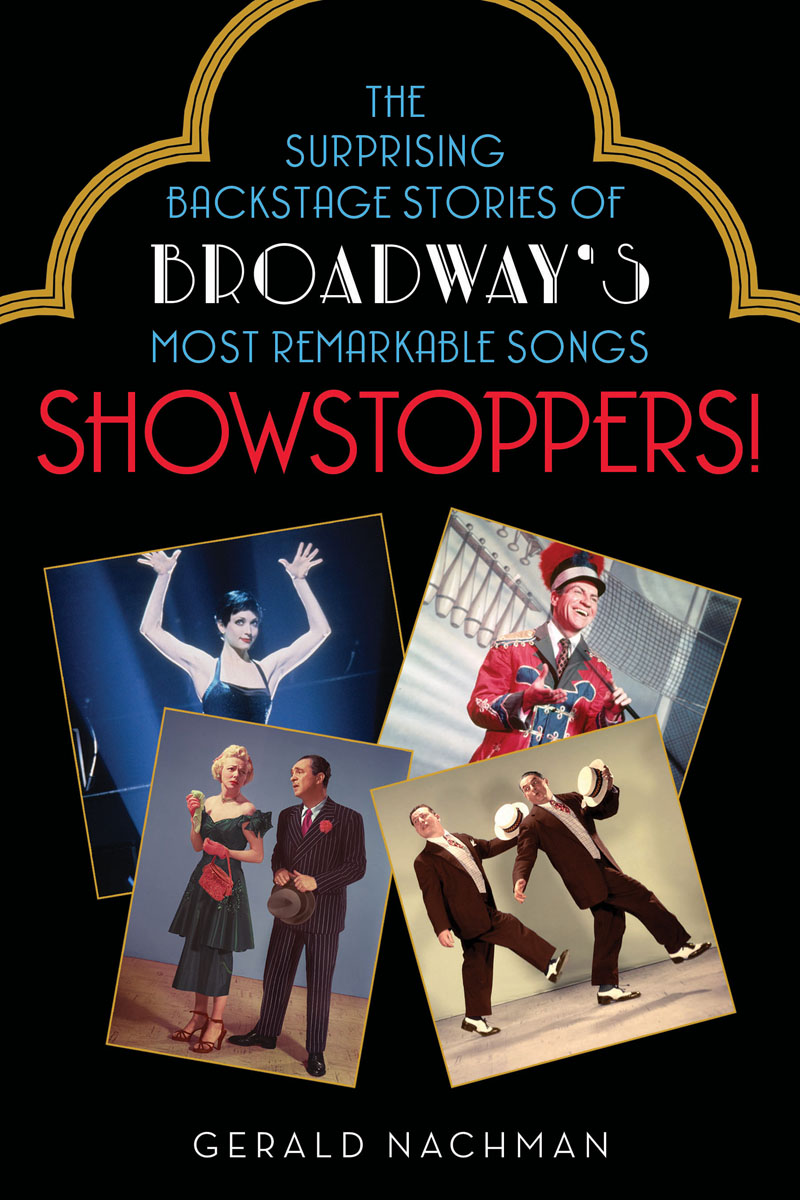
Copyright 2017 by Gerald Nachman
All rights reserved
First edition
Published by Chicago Review Press Incorporated
814 North Franklin Street
Chicago, Illinois 60610
ISBN 978-1-61373-102-4
Library of Congress Cataloging-in-Publication Data
Names: Nachman, Gerald, author.
Title: Showstoppers! : the surprising backstage stories of Broadways most remarkable songs / Gerald Nachman.
Description: First edition. | Chicago : Chicago Review Press, 2016. | Includes bibliographical references and index.
Identifiers: LCCN 2016012969 (print) | LCCN 2016013216 (ebook) | ISBN 9781613731024 (trade paper) | ISBN 9781613731048 (adobe pdf) | ISBN 9781613731055 (epub) | ISBN 9781613731031 (kindle)
Subjects: LCSH: MusicalsNew York (State)New YorkHistory and criticism.
Classification: LCC ML1711.8.N3 N33 2016 (print) | LCC ML1711.8.N3 (ebook) | DDC 782.1/4097471dc23
LC record available at http://lccn.loc.gov/2016012969
A list of permissions for the lyrics quoted in this book can be found on .
Cover design: Rebecca Lown
Cover images: Photofest
Interior design: Jonathan Hahn
Interior images: Photofest (except where noted)
Printed in the United States of America
5 4 3 2 1
For fellow musicals fiends Rita Abrams, Morris Bobrow,
Mary McGeachy, Kathy Philis, and Randy Poe,
and in sunny memory of Ray Golden
What care I who makes the laws of a nation?
Let those who will, take care of its rights and wrongs.
What care I who cares for the worlds affairs
As long as I can sing its popular songs.
I RVING B ERLIN
CONTENTS
Index
INTRODUCTION
 Tuning Up
Tuning Up 
W hen Robert Preston shouted Ya got trouble! in River City when Carol Channing, all in red, glided down a gilded staircase while waiters at the Harmonia Gardens serenaded her with Hello, Dolly! when Barbra Streisand defied us to rain on her parade in Funny Girl when Joel Grey bid us willkommen and invited us into his seedy clubaudiences were instantly enchanted. After such indelible moments, musicals were not the same, and neither were we.
Showstoppers! is about many of Broadway musicals most unforgettable numberswhy they were so effective, how they were created, and what makes them still resonatetold wherever possible through the eyes of the performers, songwriters, directors, and choreographers who first built these explosive numbers. Their reminiscences are set against as much backstage lore as I could gather along the way, so though the book is primarily about the songs, its also about the shows surrounding them.
Just what constitutes a showstopper requires a little translating and is sure to lead to arguments and ugly scenes. Musicals fanatics take this stuff seriously. Showstoppers are the key to every musical, often defining the show. They are the numbers that knocked us out when we first heard them and bring us back again and again. Ben Brantley, the New York Times theater critic, wrote, A showstopper is a moment of performance so rousingly expert and energizing that the audience responseusually rapturous applause and noises that sound like bravo!freezes the show in a moment of loud, pagan worship. That pretty much covers itthe bare bones, anyway.
Shows of course are not truly stopped anymore, as they were in musicals early days, when a performer would take a bow after a number or maybe do an encore or two. A showstopper, for our purposes, is just a generic catchall term for any big number that either provokes a rousing response or deeply moves an audienceany song that lights you up, makes you grin, or stirs you in some way. Theyre songs that gladden the spirit and leap out of the show, if not almost off the stage, that you want to see all over againright now. Think of the exuberant title song of Anything Goes, which ended act 1 of Kathleen Marshalls spectacular, eye-popping 2011 revival of the Cole Porter classic. The number kept topping itself with each exhilarating new chorus and lasted about fifteen minutes.
But what exactly is a showstopperor better yet, why is it a showstopper? This is an admittedly fuzzy area; stopping shows is a highly inexact science. Not everyone agrees what stops a show. A showstopper is the number that you recall whenever the show is mentionedBig Spender in Sweet Charity, I Am What I Am in La Cage aux Folles, Doin What Comes Naturlly in Annie Get Your Gun, The Ladies Who Lunch and You Could Drive a Person Crazy in Company, All That Jazz in Chicago, Tomorrow in Annie, Broadway Baby in Follies, Popular in Wicked, Springtime for Hitler in The Producers.
Showstoppers are not merely impressive numbers but the engines that propel the shows, often straight into legend, and help keep the musical theyre in alive and steadily performed. Beyond that, theyve often become a vital part of Americana, firmly lodged in the countrys collective memory. No matter your age, they refuse to be forgotten; even Alzheimers patients can still sing them.
Its impossible to watch a classic showstopper like I Caint Say No, Youre the Top, America, One, or Some People and not be delighted anew, like the audiences who first witnessed them. A showstopper restores faith in the form, recharges passions, and fires up the protective instincts of the musical theater faithful, hoisting our flickering torch. The beleaguered musical is forever expiring and being reborn despite every known hazardinsane production costs, criminal ticket prices, aging audiences, a ban on movie musicals, and zero airplay on radio and TV. The great show tunes, when they were played on radio, once helped link Americans.
How are such eye-popping illusions created and crafted? Ive tried to answer that questionone that has rarely even been asked before, or at least has not been investigated in much depth. Showstoppers! explores the songs origins and explains why the songs still matter to us, not just among those lucky or old enough to recall historical original performances but right up to this seasons Broadway hits and revivals. Later performers may vary in talent, but the numbers nearly always pay off. Most showstoppers are close to performer-proof, constructed of sturdy, timeless, trend-defying theatrical materials. Cabaret singer Wesla Whitfield, who lives off show tunes, observes, These really great songs are deceptive: they appear simple but theres amazing craft going on underneath. Im wild again, beguiled again, a simpering, whimpering child againthats brilliant! Not just the fun of it, but the way it keeps the internal rhythm going so that the song is not a lecture but a story.
My idea was to learn how classic showstoppers were built, in some cases line by line, step by step, to figure out why the numbers work so well, what makes them tick like precision watches and go off onstage like time bombs. When a number ignites, such as One from A Chorus Line or The Rain in Spain from My Fair Lady or Gee, Officer Krupke from West Side Story, there is nothing like it in any other art form. Its lovely if you were there to witness it originally (often I was), but in every case the showstopper outlived the star who first laid down the blueprint of how the number should be done: Robert Preston prancing lightly through The-Sadder-but-Wiser-Girl and Marian the Librarian, Joel Grey oozing salacious decadence in If You Could See Her, Celeste Holm confessing her unrepressed inhibitions in I Caint Say No.
Next page
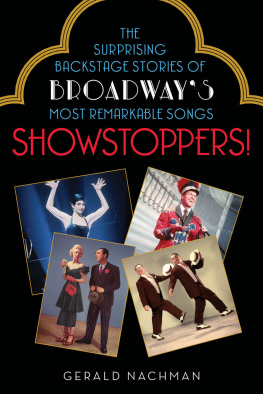

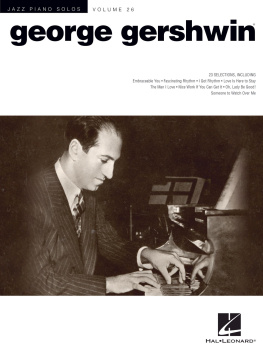
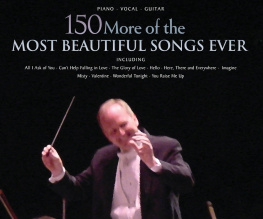

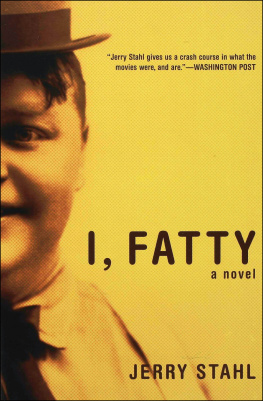
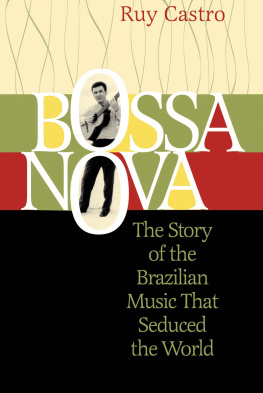
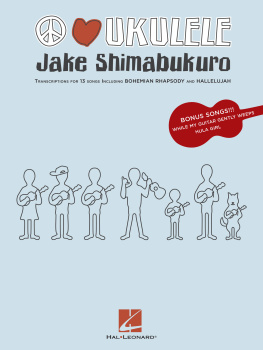
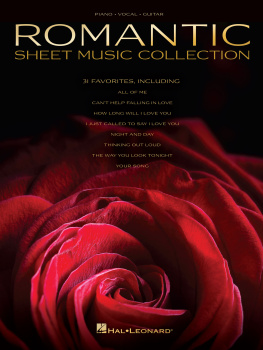
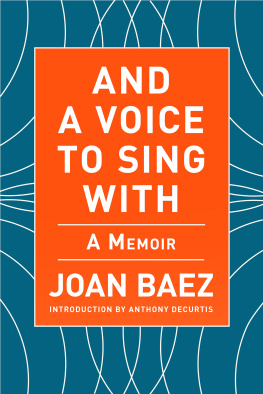
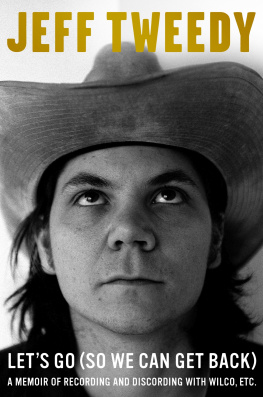
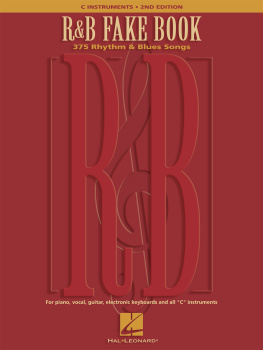

 Tuning Up
Tuning Up